Growatt Hope 4.8L-C1
$890
Description
The Growatt Hope 4.8L-C1 Lithium Battery is a power and signal terminal-equipped energy storage device comprising cells, mechanical components, a battery management system (BMS) , and other components.
The kit and the battery are both available separately.
Features:
Simple installation and a small size
high energy efficiency and density
DoD up to 93% excellent LiFePO4 battery safety.
Additional Details:
Solar panels utilize the sun's rays to generate electricity or heat. They are a clean form of energy.
Our clean energy solutions deliver electrical power to decarbonize and migrate to clean energy as part of our effort to address climate change.
If you want to get information about Growatt off grid inverters in Dubai, just contact our consultants using the contact numbers on the site.
Certifications:
- CE
- TUV
- ISO9001/14001
1 review for Growatt Hope 4.8L-C1
Battery Data
| Nominal Voltage | 48V |
| Normal Capacity | 4.8kWh |
| Usable Capacity | 4.46kWh |
| Operating Voltage | 42 ~ 54V |
| Rated Charging Current | 50A |
| Rated Discharging Current | 100A |
| Max. Discharging Power | 4.5kW |
| Max Charging Power | 4.5KW |
| Peak Discharging Power | 6.1kW/6s |
General Data
| Dimension (W/D/H) | 442/130/480mm |
| Weight | 40Kg |
| IP Protection | IP20 |
| Working Temperature | -10°C~+55°C |
| Storage Temperature | -20°C~+45°C |
Features
| DOD | 93% |
| Parallel Connection | Max.16packs |
| Communication Port | CAN/RS485 |
| Warranty | 5 Years Protection Devices |
| IEC62619 , CE , UN38.3 | |
RELATED PRODUCTS

GLOBAL LEADING DISTRIBUTED ENERGY SOLUTION PROVIDER
GROWATT GLOBAL FOOTPRINT

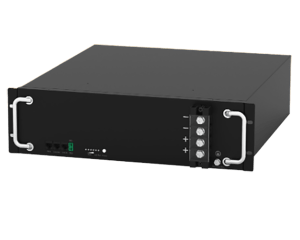
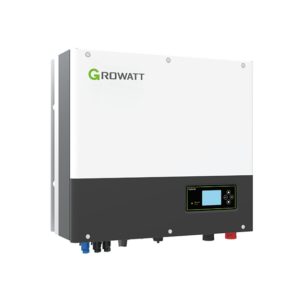
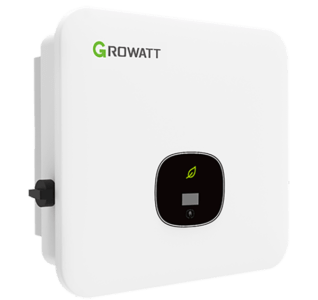


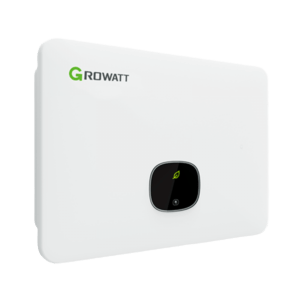
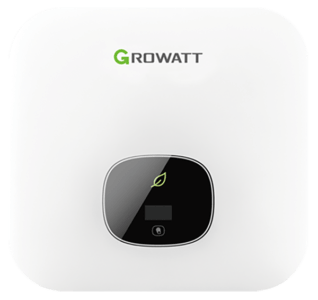
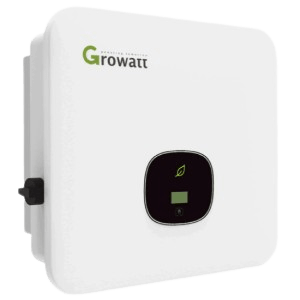

sherlock –
prodigy